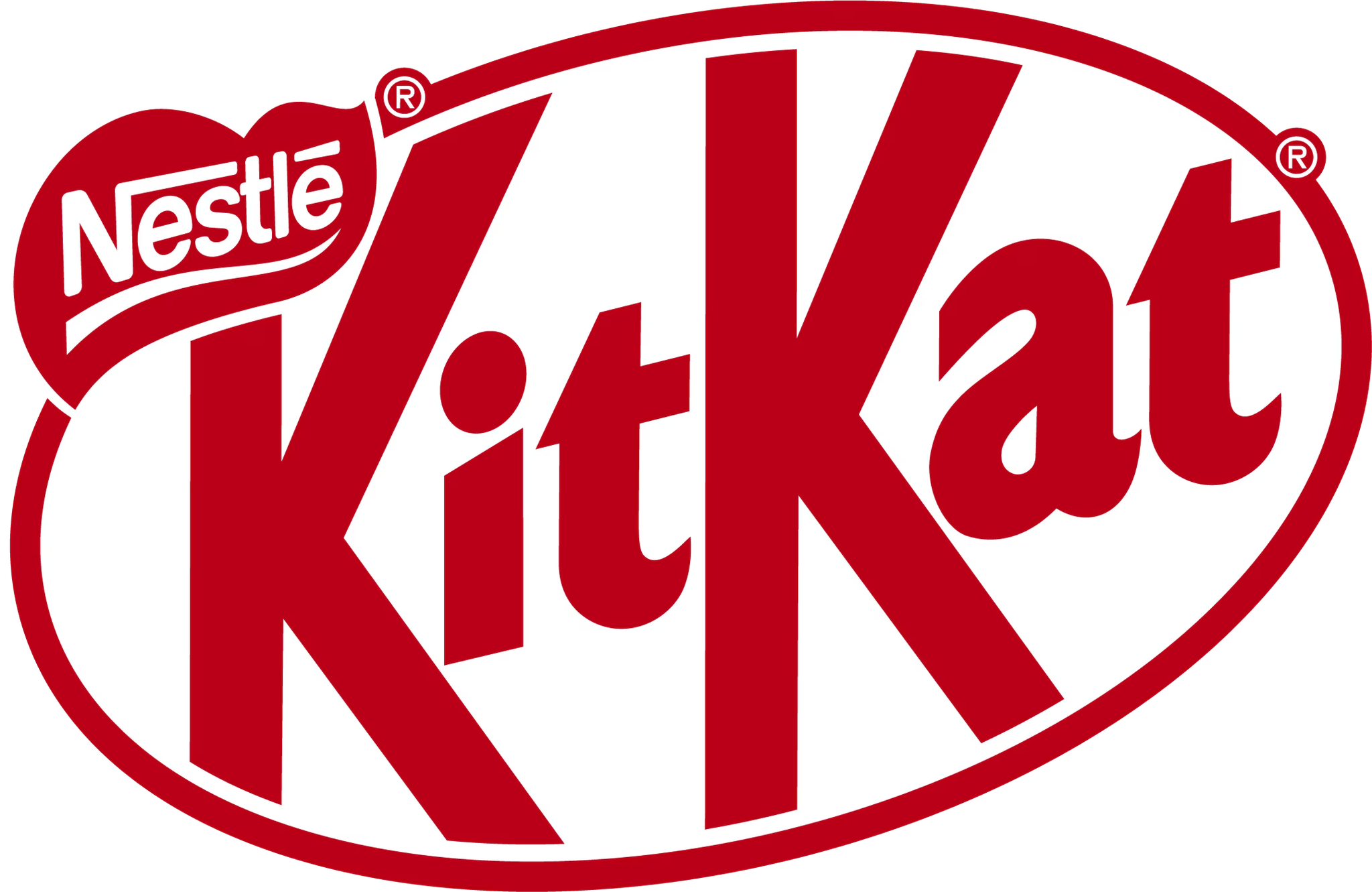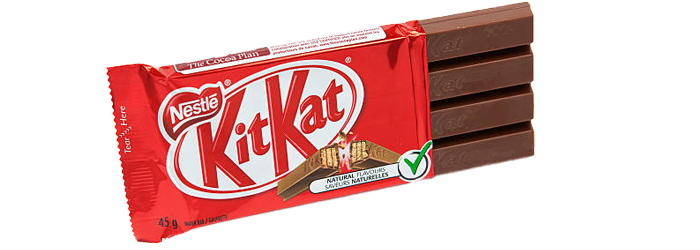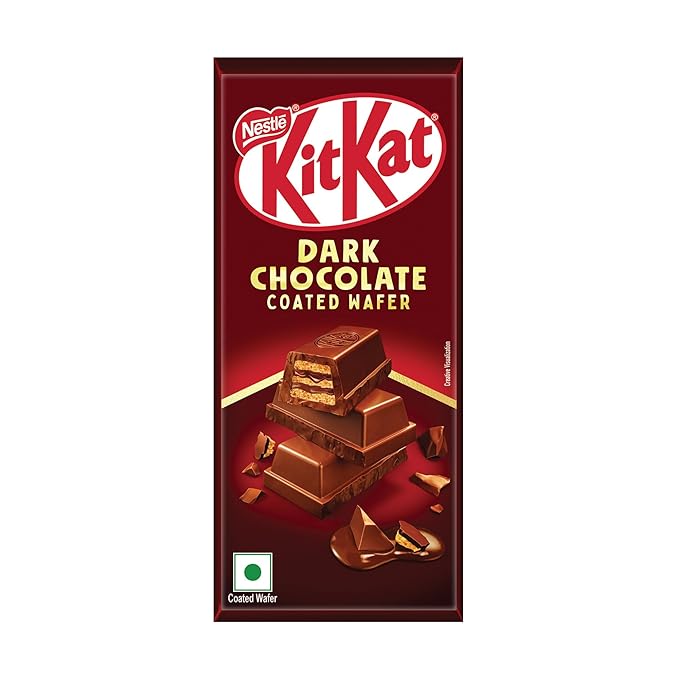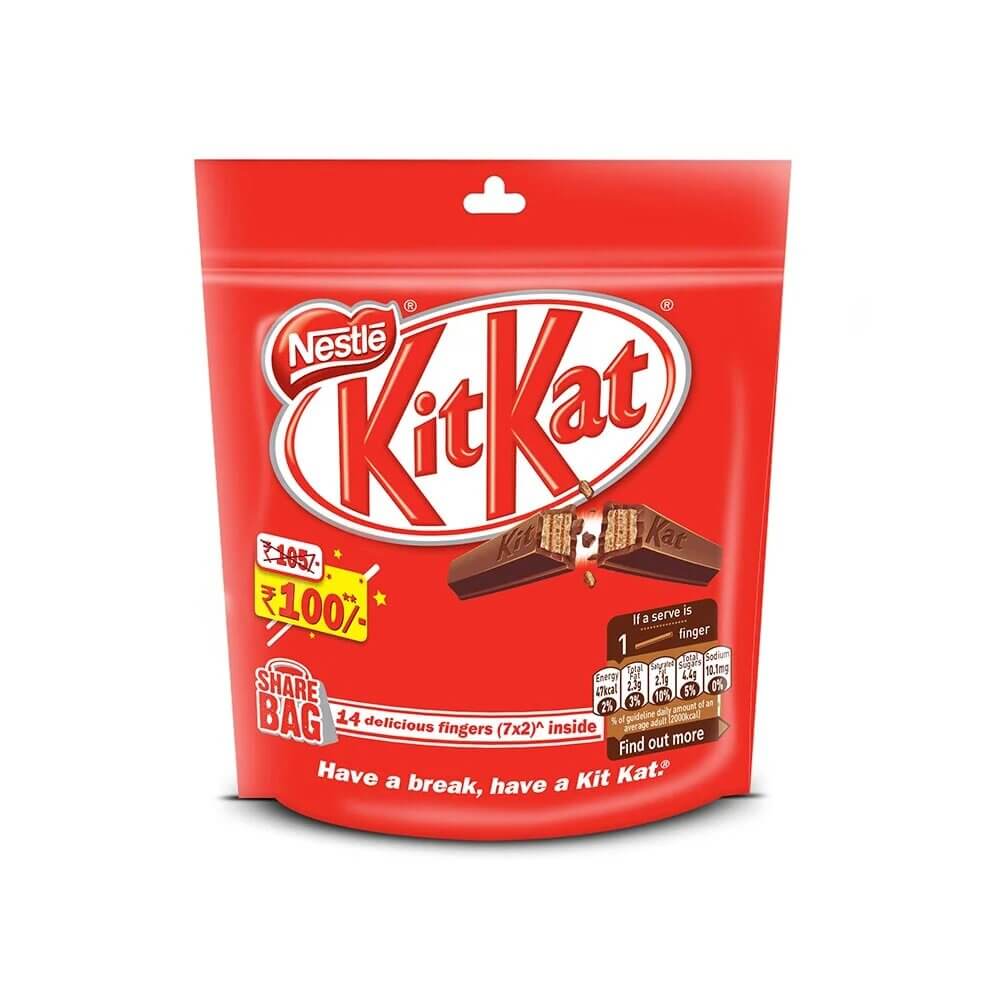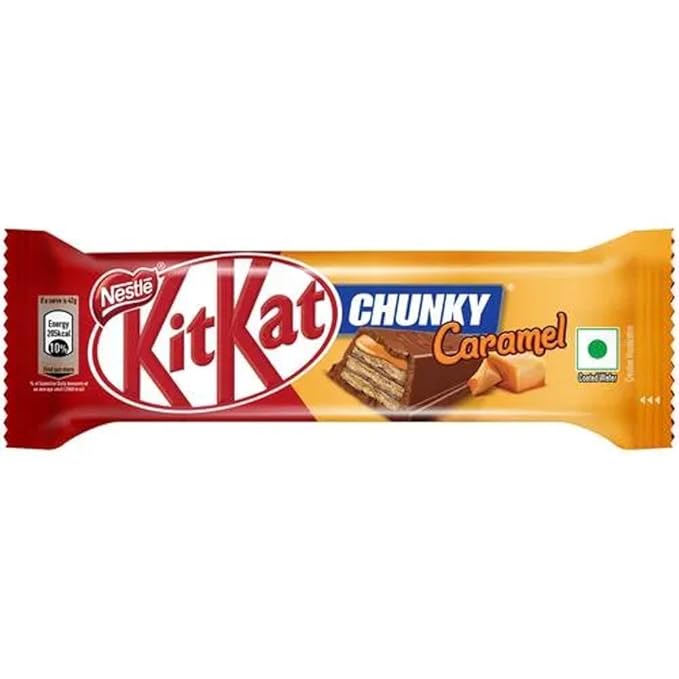Brand Overview
Brand:
KitKat
Parent Company:
Nestle
Core Categories:
Foods
Taglines Over the Years:
Have a break, have a KitKat
Market Entry & Context
Indian Market Landscape in 1995:
- Dominated by traditional Indian sweets and homegrown chocolate brands (Cadbury being the leader).
- Chocolate consumption was occasional and primarily seasonal (festivals, gifting).
- Confectionery largely unorganized, with limited premium international offerings.
- NestlÉ India introduced KitKat in 1995 through its joint venture, banking on:
- The rising urban middle class.
- Changing snacking habits.
- An appetite for international brands among youth.
Marketing Mix (4Ps)
Product Strategy
Product Differentiation:
- Unique crisp wafer inside chocolate – unlike the dense, rich chocolates dominant in the market.
- Promoted as a light, anytime snack rather than a rich indulgence.
- Mini, 2-finger, 4-finger, family packs.
- Variants included dark chocolate, chunky, and seasonal limited editions.
Pricing Strategy
- Initial Pricing: Competitive, slightly premium compared to local brands.
- Approach: Value-for-money to gain mass acceptance while retaining a perception of international quality.
- Innovation: Introduced small and affordable SKUs for rural and price-sensitive markets.
Promotion Strategy
Key Campaigns:
- “Have a break, have a KitKat”: Global positioning localized with Indian insights.
- Celebrity Endorsements: Early campaigns featured Bollywood stars like Rani Mukerji and Boman Irani.
- Youth-Centric Messaging: Focused on college students and young professionals.
- Humour and Lightness: Ads portrayed KitKat as a companion to relaxing, breaking from work/stress.
- The “squirrel and dancing man” commercial (2008) became a viral cultural moment.
- Campaigns evolved to digital platforms with interactive and quirky content.
Distribution Strategy
- Leveraged NestlÉ India's strong distribution network, especially in urban and semi-urban areas.
- Ensured availability across:
- Modern retail (supermarkets, hypermarkets).
- Traditional trade (kiranas, paan shops).
- Rural penetration through low-unit packs.
Competitive Landscape
Key Competitors:
- Cadbury Perk and Cadbury Munch: Wafer chocolates from the dominant player.
- Local Brands: Like LuvIt, Amul, and regional players.
- Global players: Mars, Ferrero (limited footprint in comparison).
Differentiation Points:
- Consistent product experience and taste.
- Strong brand recall due to iconic jingle and slogan.
- Positioned as a snack rather than only a sweet treat.
Innovations & Adaptation
- Localized Flavors: India-specific variants like “Desi Kulfi” (limited run).
- Sustainability Moves: Recyclable packaging and reduced plastic in recent years.
- Digital Push: Instagram filters, influencer campaigns, youth challenges.
- Occasion-Based Packaging: For Diwali, Rakhi, Valentine's Day – integrating with Indian festivals.
Challenges Faced
- Price Wars: Competitors undercut with value offerings.
- Health Concerns: Rising awareness of sugar and calorie content among urban consumers.
- Regulatory Pressure: Stringent norms around advertising to children and labeling.
Current Position (as of 2025)
- Brand Health: Strong, stable, and resilient.
- Target Audience: Youth, office-goers, Gen Z and Millennials.
- Digital Presence: Active on Instagram, YouTube, and OTT integrations.
- Sustainability: Messaging around eco-friendly packaging gaining ground.
- Innovations: Continued rollout of new formats like KitKat Duo (two flavors in one), and KitKat Dessert Delight.
Key Learnings
- Consistent Global Positioning, Local Execution: "Have a break…" resonated deeply when adapted to Indian cultural rhythms.
- Youth Connect: Targeting the emotionally driven, aspirational youth kept the brand fresh.
- Distribution & SKU Customization: Made the brand ubiquitous across income segments.
- Category Expansion: Helped grow the wafer chocolate subcategory and held off strong competition.
Summary
KitKat's journey in India is a case study in strategic localization, youth marketing, and category innovation. From a niche international brand in 1995 to a household name in 2025, KitKat successfully carved its identity as a playful, light chocolate-snack that resonates with India's young and diverse consumer base.

